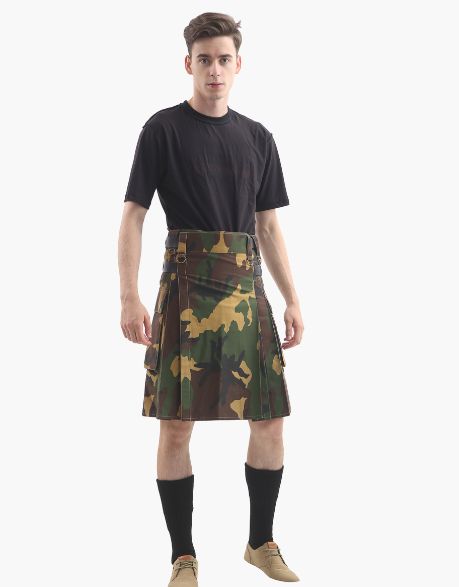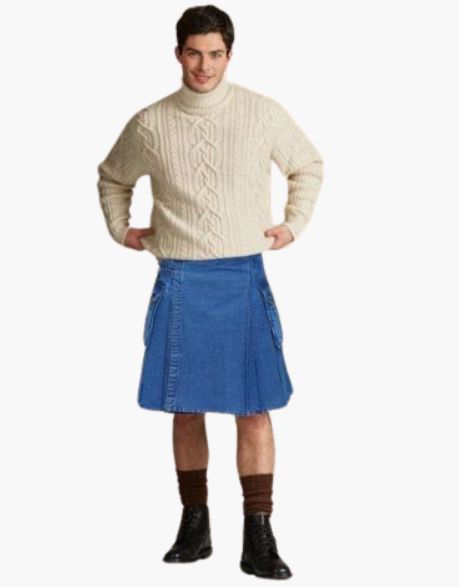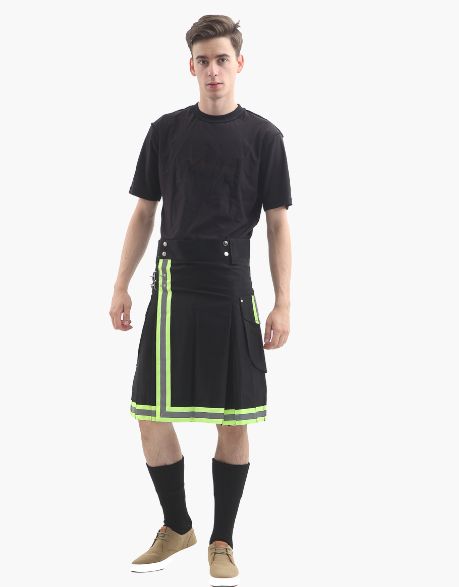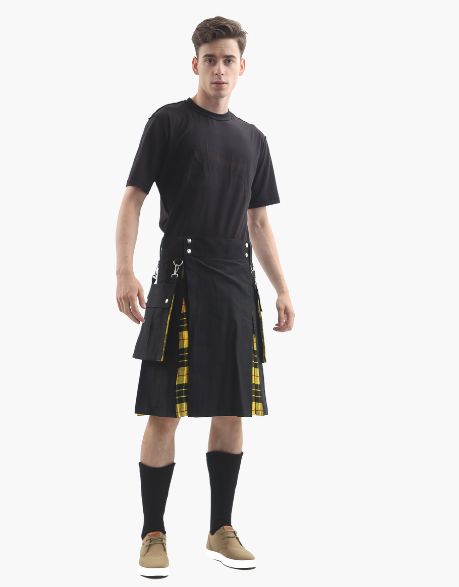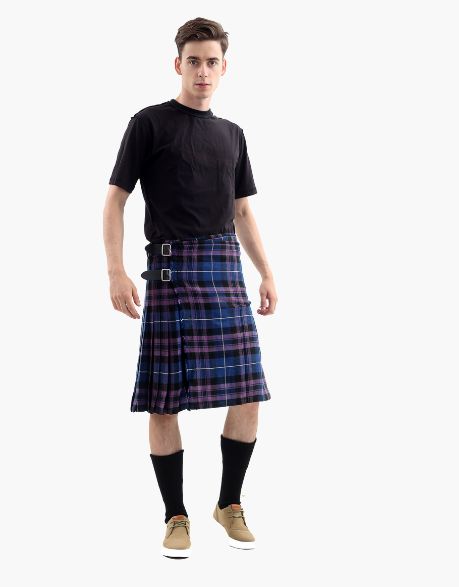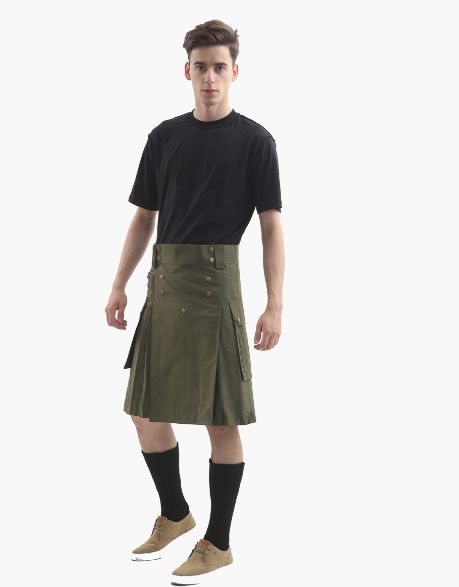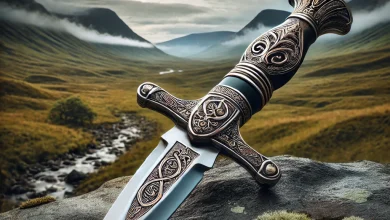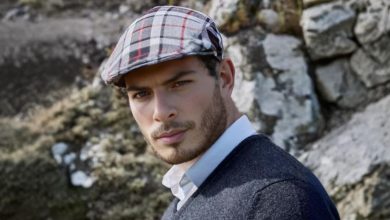Scottish Fashion Through Ages: From Kilts to Modern Trends
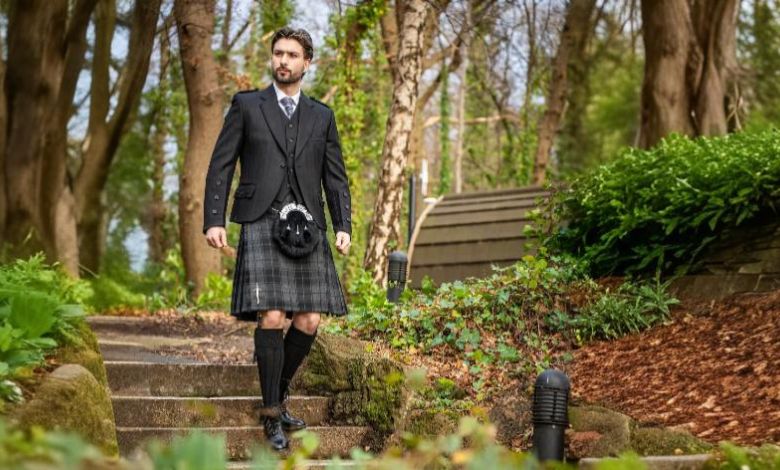
Fashion has always been a crucial part of Scottish history. People usually consider the introduction of kilts to be the initiative of fashion there, but Scottish fashion started centuries ago. This article aims to tell you about fashion trends in Scotland, whether they adopted Léine or modern kilts today. So, let us start with the initial phase of clothing modernism.
Table of Contents
ToggleLéine as Part of Early Scottish Fashion
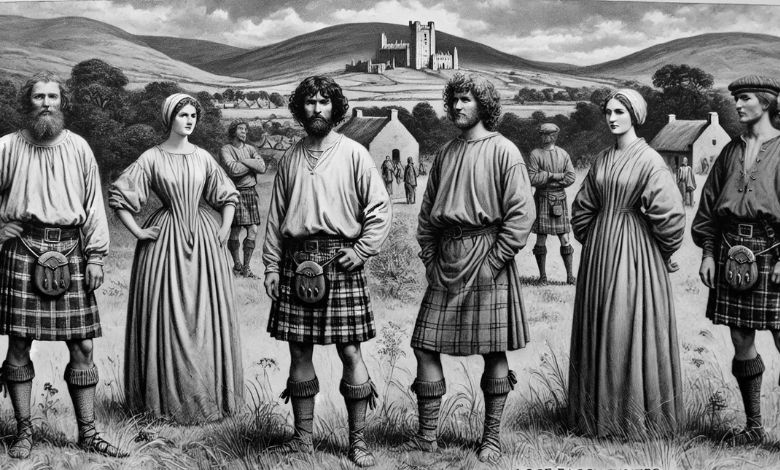
Early Scottish clothing was practical and made from wool, linen, and animal skins. When Scottish kilts for men were not a part of Scotland, locals there used to wear a long shirt-like tunic called the léine. As the name represents, it was made from linen and was popular because of its accessibility along with affordability.
This era is known as the pre-kilt era before the 16th century. The léine often had a yellow color. The clothing was worn with braies similar to the baggy shorts today. Léine did not have any gender restrictions while men and women wore it. The léine croich remained a choice until the arrival of the great kilt in Scotland.
The Rise of Kilts in Scottish Fashion
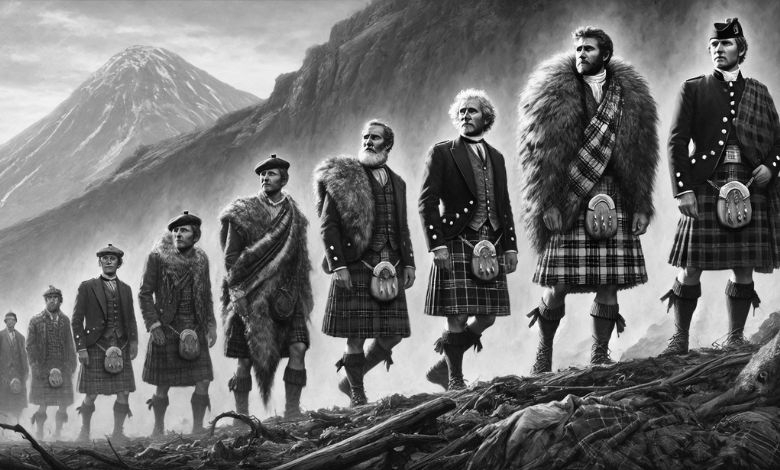
Before the arrival of Léine, Scots even used to wear animal fur to protect them from cold winds. However, Scottish fashion witnessed a boom with the arrival of the first kilt known as the “great kilt.” It was a large piece of clothing with pleats on the rear side while Léine had front pleats. With time, the great kilt became shorter, changing its status to traditional or tartan kilts.
This variation of kilt became very popular among Scots. The kilt was enjoying its peak, suddenly the Highland Clearances in the 18th century occurred which is not a good memory for Scot. People were removed from their homes, many were killed. Scots then emigrated to other countries to save their lives or have a better future. However, it helped them to make others aware of their fashion sense, specifically their attire.
The Jacobite Era and Fashion
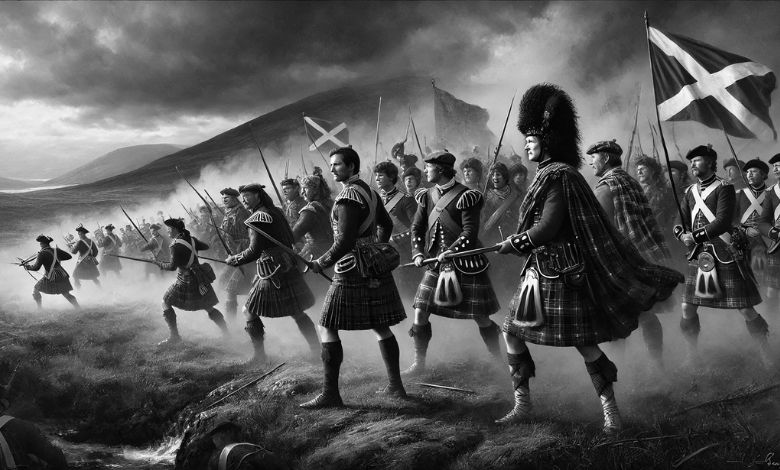
After the Highland Clearances, several countries adopted Scottish fashion, and a large part of the world wore tartan kilts. Scotland, nonetheless, was to witness something else, when a majority of clans rose against the English throne and wanted to restore their monarchy.
A chain of battles started when the 17th century was to end and continued for almost 50 years. At last, the English government defeated the responsible people for uprisings and banned tartan and kilts. It took 40 years to remove restrictions. Then the everlasting golden era of Scottish fashion with kilts started which continues.
The Influence of British Fashion in 18th and 19th Century
Tartan kilts were not very popular before the Jacobite Era. After the era passed, Scottish tartan and tweed came into the eyes of England locals. They played an important part in making these fabrics popular worldwide for decades. Modern kilts we wear today became what they are today in the 19th century. It was the time when kilts became part of gender equality and women started wearing them.
A Blend of Tradition and Modernity in Victorian Scotland
There might be no one who is unaware of Queen Victoria’s interest in the Scottish fashion industry. It was the era when tartan became popular worldwide. Tartans were associated with the different clans. The kilts transcended the boundaries of occasional wear and became everyday clothing. Similarly, people from different regions started tributing Scottish culture with their attire.
Deep Reviving of Scottish Fashion in 20th Century
Scottish fashion embraced more success in the 20th century. It saw a remarkable comeback of clothing modernism which had never happened before. Particularly, kilts and other traditional materials touched every corner of the Earth.
Because of Scottish richness in history, the kilt remained a leader of Scottish dress. They proudly wore it at cultural events, festivals, and ceremonies. Similarly, the famous tartan, which represents clan identity, became synonymous with Scottish fashion.
Let’s talk about another Scottish rural fabric tweed. It rose to prominence, particularly for outdoor attire. It became a fashion pillar not only in Scotland but throughout the world thanks to English people. In short, this period witnessed the peak of traditional and modern features. Conclusively, the 20th century ensured that kilts, tweed coats, and other Scottish materials would remain ageless.
Modern Scottish Fashion Trends
It’s time to talk about the modern fashion trends that currently are a part of Scotland’s industry, even though everyone follows them today. Undoubtedly, kilts still perform at the forefront of the industry. Surprisingly this apparel does not limit it to a single form. Scots today have many options including:
Other than kilts, many costumes are part of Scottish fashion today. Some common examples of current fashion fabrics are cargo pants, drawstring jackets, and oversized trench coats. We also see several Scots wearing oversized flannel shirts today which became popular in the 90s, still the top choice. If we talk about colors, natural gray, white, black, khaki, and olive green are trending colors contemporary which are pretty sportable as a major part of attire.
Let TUK Shop Help You Adopt Scottish Fashion
If you also want to be a part of Scottish fashion but desire to maintain Scottish history, TUK Store is an online brand helping you with every type of kilt mentioned above. Not only kilts, but we also provide you with entire accessories to complete your outfit. Contacting us is easy since our team awaits to answer you via chat box, +19179057245, and support@theutilitykilt.com.
